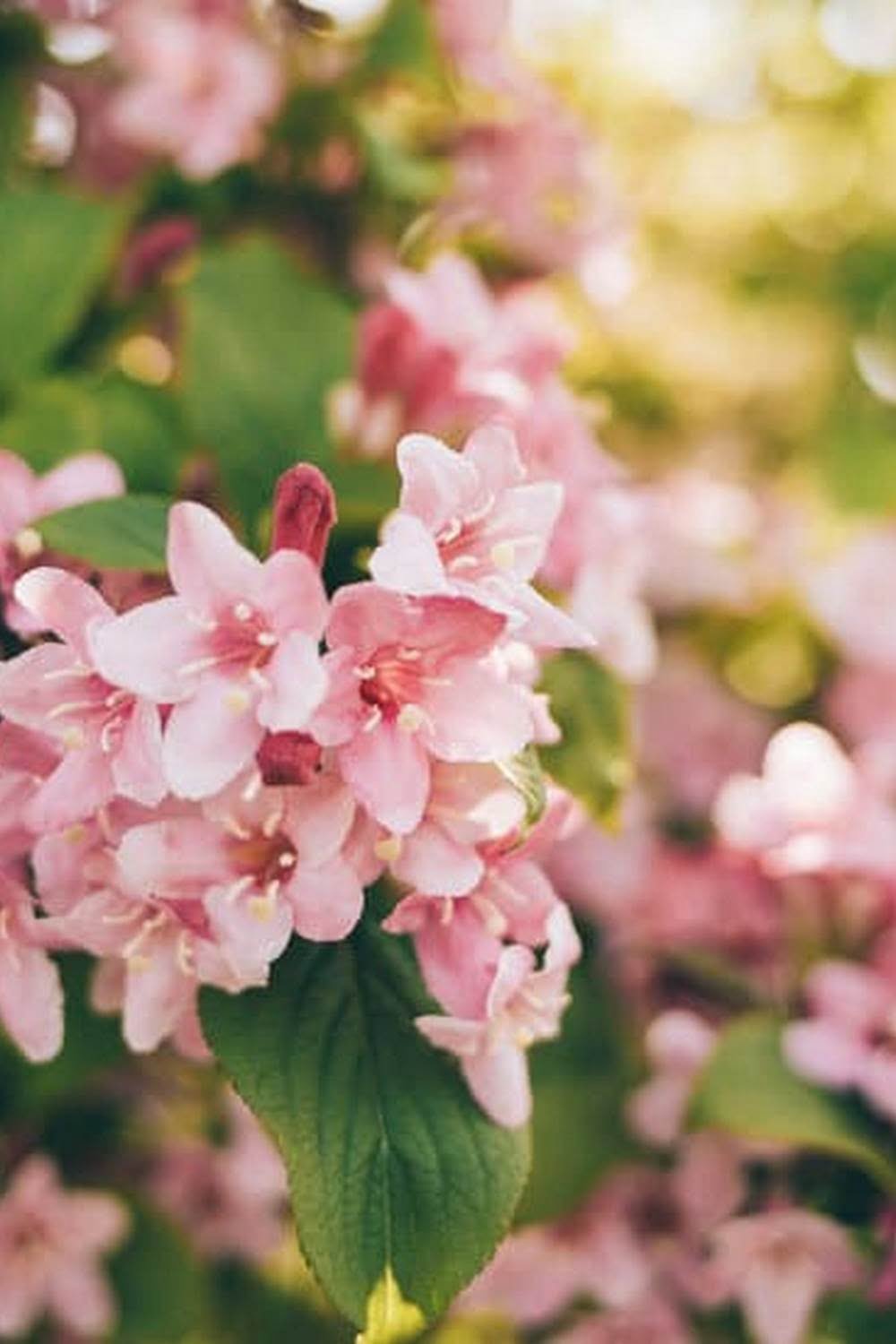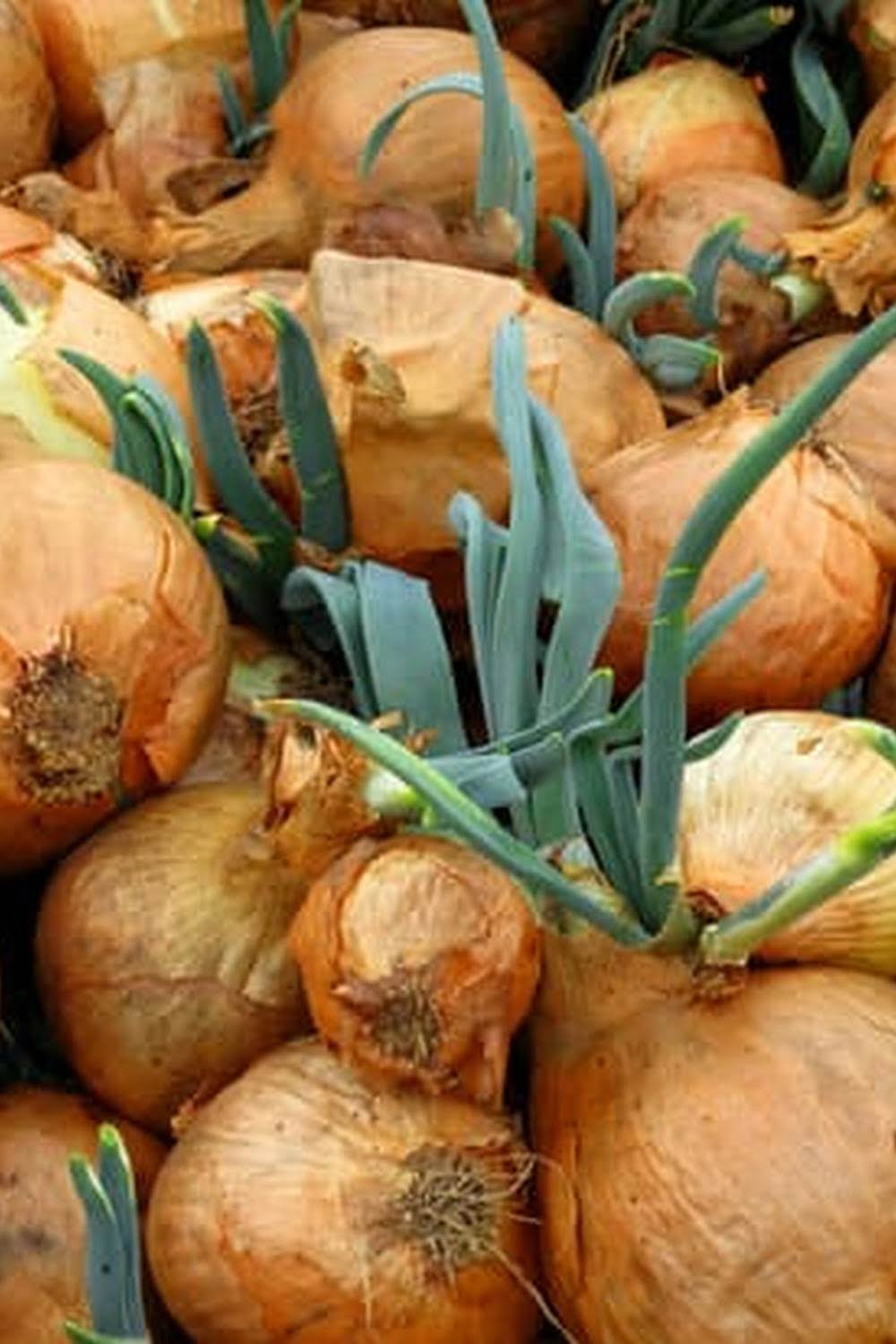Introduction
Top soil is a type of soil found on the surface of arable land and has been said to be the most productive for growing crops such as vegetables. Topsoil can vary in composition but typically consists of mineral particles, organic matter, clay and silt. It is a rich source of nutrients essential for plant growth and can also hold more water than other soils. It forms near the surface after centuries of weathering, decomposing organic matter and erosion. Comparing it to other soil types, topsoil contains more organic material making it more nutrient-rich which makes it ideal for growing vegetables and other plants.
Benefits of Top Soil for a Vegetable Garden
Top soil is a type of soil that can be useful in preparing a vegetable garden. It is the dark, crumbly layer found directly underneath the grass and it contains valuable nutrients and healthy microorganisms. These benefits to the vegetable garden are:
1. Moisture Retention: Top soil can help retain moisture, an important factor for developing plants. As top soil contains organic material made of coarse particles, as well as clay particles with small spaces between them, it holds onto water better than other soils do.
2. Fertilization: The organic matter contained in the topsoil provides additional nutrition for your vegetable crops; this improves the quality of produce you get from your garden.
3. Improved Plant Nutrition: Top soil enhances the intake of essential plant minerals and helps to neutralize heavy metals that may accumulate in soils due to long-term exposure from industry or pollution.
4. Aeration: By loosening hard-packed subsoils, topsoil keeps air and water flowing through easily, even during times of drought or heavy rainfall; this helps keep root systems strong and promote healthy plant growth.
5. Weed Suppression: The presence of thicker vegetative cover and clods of topsoil work together to create an environment where weed germination is made more difficult, allowing more room for vegetable crops to thrive without competition from weeds near roots.
Top Soil Nutrients Needed To Support Vegetables
Top soil is an excellent choice for a vegetable garden, as it contains all of the essential nutrients needed to support healthy vegetable growth. It is dense enough to support root growth and maintains consistent moisture levels. Top soil often contains trace minerals that can greatly improve the quality and flavor of vegetables. Additionally, top soil has good aeration properties for sufficient oxidation of roots, allowing them to take up more nutrients from the environment. The organic matter contained in top soil helps aerate the soil and enhances its water holding capacity while also improving its structure to allow plant roots to spread far and wide. Finally, top soil naturally encourages beneficial organisms like worms and microbes, which serve as natural fertilizer sources by breaking down organic material into nutrients plants can use. For these reasons, top soil is generally regarded as an excellent choice for starting your vegetable garden.
What Should You Look For When Buying Top Soil for a Vegetable Garden?
When buying top soil for a vegetable garden, you should look for one that is nutrient-rich and has good drainage. It should be dark in color, with no trace of rocks, twigs, or clumps of clay. You may also want to see if it’s been tested for any contaminants like heavy metals so that you know your vegetables will be safe to consume. Additionally, check for organic matter content since this can improve soil structure and provide various essential nutrients for your veggies. Be sure to get enough soil to cover the size of your vegetable garden — if the topsoil is sold by the cubic foot or yard, remember to factor in the thickness desired for a healthy garden. Finally, double check on what type of amendments might need to be added in order to create ideal conditions early on and ensure optimal growth of your vegetation!
How to Tell If You Have Top Soil That Is Nutrient-Rich for Vegetables
Yes, topsoil is generally good for a vegetable garden. Topsoil is the upper and most fertile layer of soil and typically contains a high concentration of organic material and nutrients that vegetables need to thrive. However, it’s important to test the pH level and nutrient levels in the soil before deciding whether topsoil is suitable for growing vegetables.
To test your topsoil for suitability, you should assess both the pH level and amount of key minerals needed by vegetables. To test the pH level, you’ll need a soil testing kit with instructions on how to determine which type of results your type of soil requires. For example, most vegetable gardens require neutral to slightly acidic pH levels (6-7). Additionally, assessing the quantity of vital minerals such as nitrates, phosphates, calcium, magnesium and potassium are also essential as these are needed by plants for growth. An ideal vegetable garden will typically have a balance in these macro-nutrients; if any seem too high or low then more fertilizer may be needed to achieve this balance. Finally, adding compost or other organic material can help improve soil fertility too if necessary.
Best Practices for Preparing the Top Soil for a Vegetable Garden
Adding top soil to your vegetable garden can be beneficial for your vegetables, however there are certain steps that should be taken during the preparation process in order to ensure the most successful and healthiest produce.
Before adding top soil to your vegetable garden, it is essential to find soil that is free of any contaminants or chemicals. If required, you may need to pay additional fees for a soil analysis test. It it is recommended that organic fertilizers and antimicrobial organisms like bacteria be used to enhance the topsoil’s structure and fertility levels.
Once you have obtained the proper top soil for your vegetable garden, till up some of the existing soil in the area and add layers of the new soil as needed. Tilling helps distribute nutrients throughout the entire space and would also give ample opportunity for water absorption as well. Pay attention to typical local weather conditions before amending this mix with components such as sand or compost depending on whether you are in a cold or warm climate area respectively.
Use appropriate gardening tools such as a rototiller while tilling; these tools will aid in evenly spreading out amendments and turn over large clumps of soil much easier than shovels or other handheld tools. An important step during preparation is also pulling out any weeds or intrusive plants by hand—this will keep better control over invasive weeds taking over your garden’s nutrients instead of your intended plants.
It is recommended that all of these steps are taken into consideration before putting down a new layer of topsoil in order acquire a fruitful, healthy harvest come summertime!
Common Issues with Top Soil and How to Avoid Them
Top soil is generally referred to as the top most layer of soil in a garden, and it is often seen as the most nutrient dense choice for providing the necessary environment for a vegetable garden. Top soil contains essential nutrients and minerals that are essential for a successful harvest. However, there are certain common issues that arise when using top soil in a vegetable garden.
One issue with top soil is the presence of weed seeds. Weed seeds can be easily mixed in with the topsoil when purchased from gardening stores or suppliers, creating an influx of weeds amongst vegetables that can be difficult to eliminate without herbicides. To avoid this issue, source organic top soil from companies which regularly test their supply and have stated guarantees against weed seed contamination.
Another issue is low levels of nutrients or pH imbalance. Sometimes when buying heavily-used store bought topsoil, it may no longer contain enough nutrients to enable plants to flourish or the balance may be disrupted, making the soil more acidic or alkaline than expected. To avoid this, opt for enriched versions of topsoil and make sure testing has been done on its quality before importing into your vegetable garden. It is also recommended that compost heaps should be installed alongside vegetable gardens as they will provide an extra boost of organic material over time which plants can prosper off of.
Conclusion
Yes, top soil is good for vegetable gardens. Topsoil is nutrient-rich and provides the ideal environment for vegetables to grow in. It not only helps the vegetables to develop strong root systems, but it also allows for adequate water retention and drainage as well as air circulation. Topsoil is also an excellent choice for making sure your plants have the necessary nutrients such as nitrogen, phosphorus, potassium, acidic and basic elements to reach their full potential in producing delicious fruits and vegetables that are high in quality. Properly maintained top soil can help you ensure that any vegetables grown in your garden will be healthy, flavorful and safe to eat.

If you’re looking to get into vegetable gardening, or are just looking for some tips on how to make your current garden better, then you’ve come to the right place! My name is Ethel and I have been gardening for years. In this blog, I’m going to share with you some of my best tips on how to create a successful vegetable garden.





